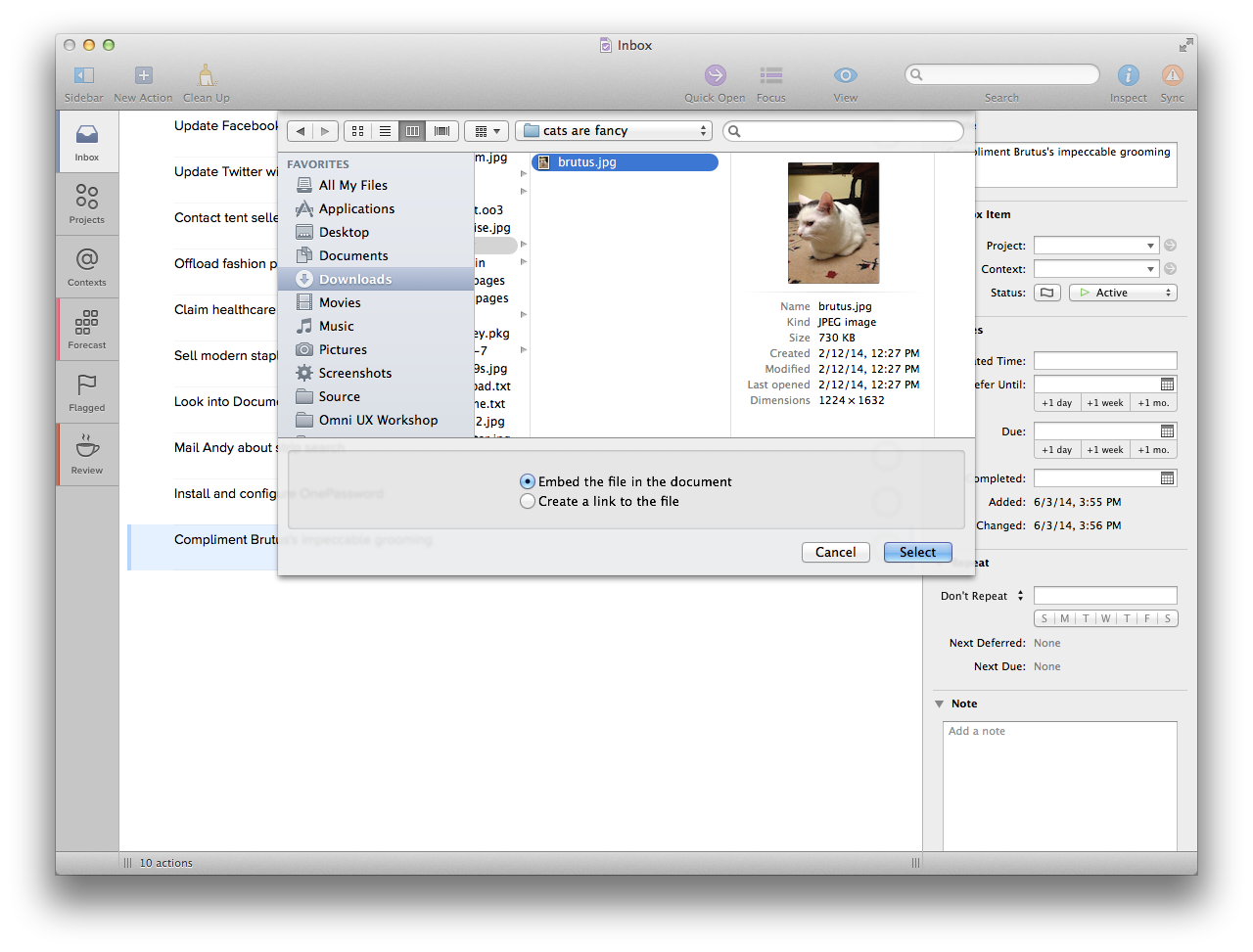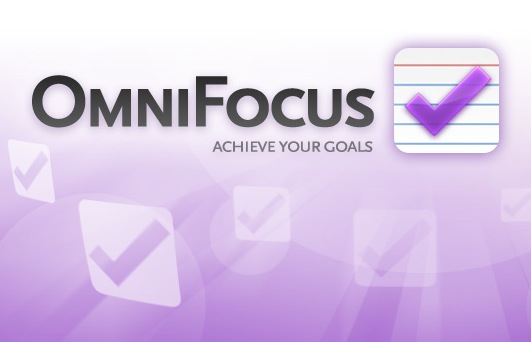

As you can see in the screenshot to the right, these lists cover topics like "Financial", "Home Repairs", "Shopping", and my "Someday" list.

Meaning, they're not something you can ever fully complete - they're ongoing. These are a special category of task lists in OmniFocus that aren't actual projects. Within this folder I have a few single-action lists. This includes everything from the mundane "buy toilet paper" and "rent car for NY trip" to beefier tasks like "get three estimates for new backyard fence". My first folder, "Personal", holds all the tasks and projects that fall under my, well, personal life. Some people call these "categories" or "areas of responsibility". Three BucketsĪll of the tasks I do throughout my day fit into one of three buckets.
#Using omnifocus software#
At night, in addition to my personal commitments, I freelance and run my own, small software company. Particularly since my work straddles two different worlds: during the day I'm at a large corporation with responsibilities to multiple teams and relying on tasks delegated to other co-workers. (Oh, and if you're one of those readers who likes to skip straight to the end, allow me to save you the trouble: OmniFocus wipes the floor with every other Mac task manager because of Perspectives.)Įverything I say obviously only applies to my own, odd way of getting things done - but hopefully there will be a few points others might find useful, too. So that's what this post will attempt to do. Despite being a user for nearly three years - since the first public beta - for some reason I've never gotten around to writing about why I find it so useful and how it fits into my own workflow. I've noticed a resurgence on the web of people talking about OmniFocus and how they use the app to manage their task lists.


 0 kommentar(er)
0 kommentar(er)
